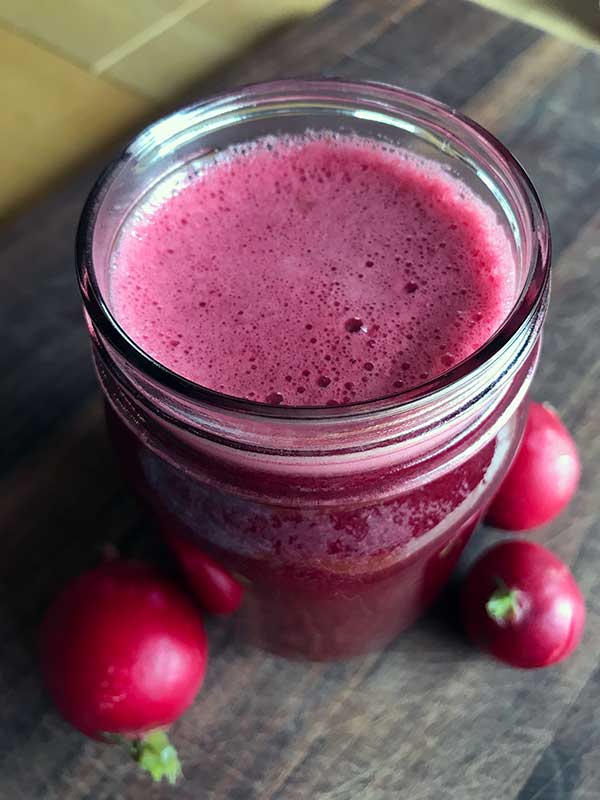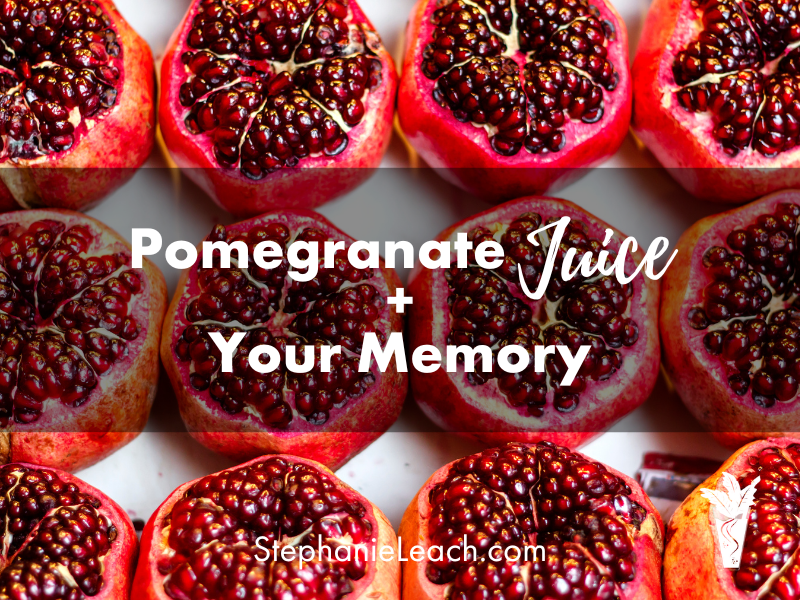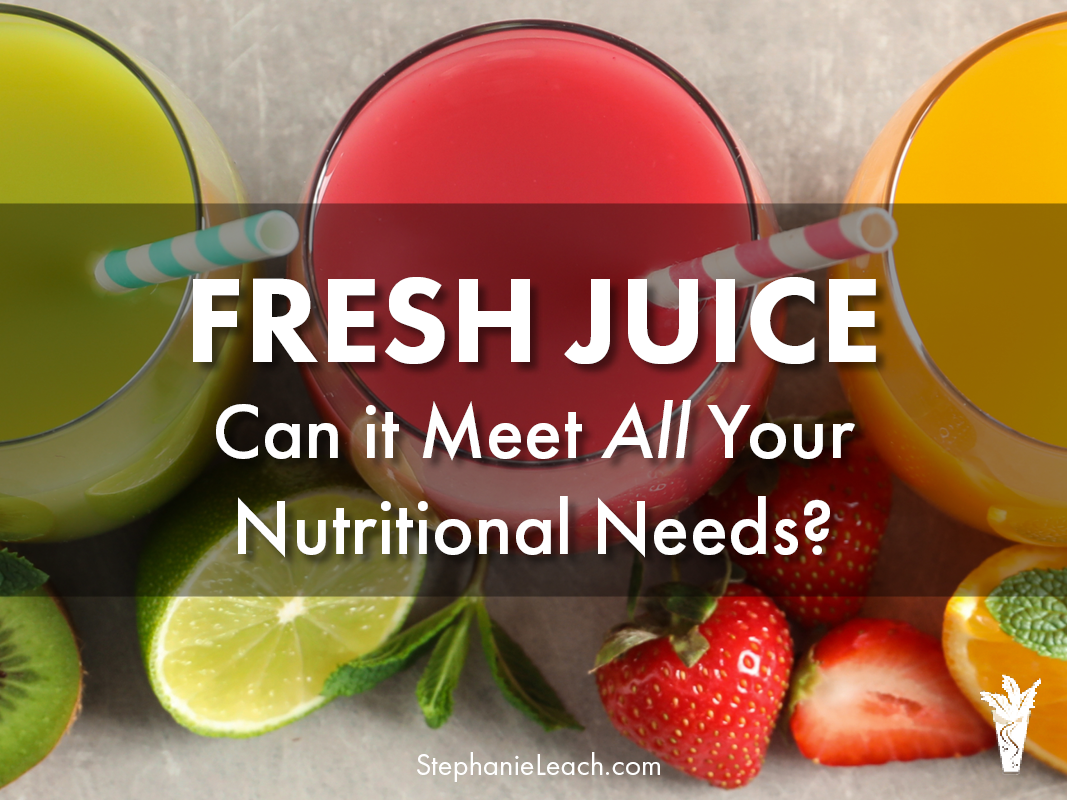One of the first vegetables of Spring is the zesty, crunchy radish. Growing up, I didn’t think much of this little red and white root vegetable. Thinly sliced and garnishing my salad, it was barely worth noting.
Much later, when I realized it was part of the cruciferous family, I started paying attention to it. Cruciferous vegetables, also known as vegetables from the Brassicaceae family, are highly antioxidant and anti-cancer.
“Cruciferous vegetables are worth their weight in gold in the fight against breast cancer.” – Joel Fuhrman, MD
Maximum benefits come from consuming raw cruciferous vegetables.
Radishes are also high in vitamin C and are a good source of vitamin B6, potassium, folate, iron and minerals.
Radishes are traditionally used to treat asthma, jaundice, inflammation in the urinary bladder, kidney stones, and is used as a diuretic, laxative and blood purifier.
Radish juice promotes bile production, which helps clear lipids from the blood and improve cardiovascular health. 1
Radish leaves are also edible and nutritious and can be juiced. They contain quercetin, an anti-inflammatory flavonoid, beneficial for heart health, allergies, chronic fatigue and arthritis.
Radishes Beyond the Salad
Start looking for ways to add the health promoting radish to your meals.
- Slice and add to veggie sandwiches.
- Dice and add to pasta salad or chickpea salad for extra crunch.
- Cut in half and roast them with other vegetables.
Radish Juice
An excellent way to get the most benefit from radishes is to add them to your juice blends. The vitamins, minerals, and other beneficial compounds are concentrated and and enter your bloodstream quickly. On its own, radish juice is rather . . . radishy. But add it to a blend and you barely notice it.
Purifying Beet Radish Celery Juice
Ingredients
1 beet (about 2″)
5 red radishes
4-5 ribs celery
1 red apple
¼ lemon
Cut the vegetables to fit your juicing machine. Alternate ingredients, finishing with apple.










Leave A Comment